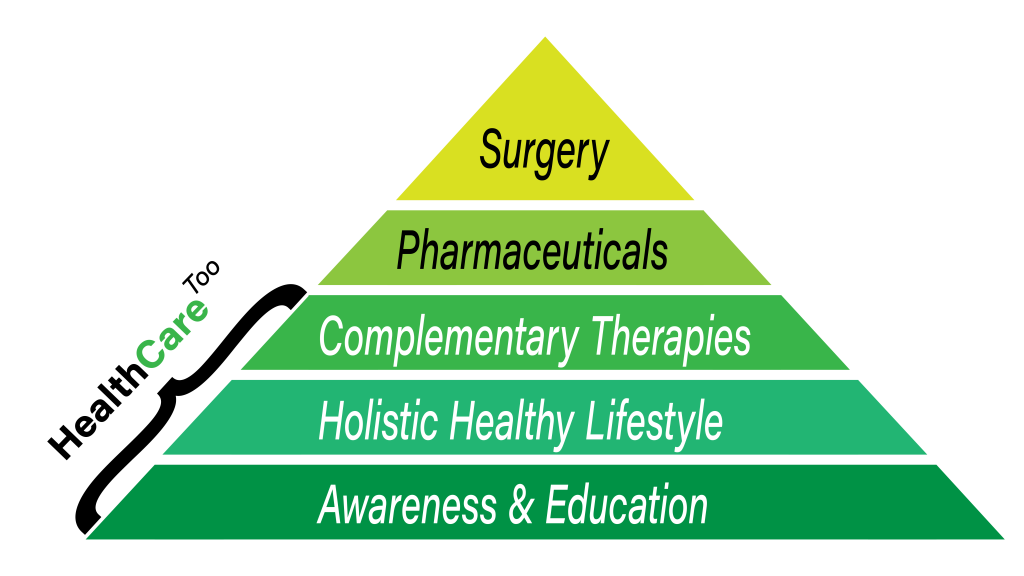Millennial Primary Care
Millennial primary care may not look like the primary care previous generations knew. Some may attribute this to millennial trademarks like comfort with technology, demand for speed and convenience and so on. There may be even more to it.
Sure Millennials are tech savvy and expect convenience as well as quality… just look through any of the online review services. But the sick care system has been pushing consumers for decades to “be responsible” by charging more and more for co-pays and deductibles (and insurance premiums). Maybe that message is hitting home? Perhaps Millennials are the first generation to call sick care’s bluff.
Millennials spend plenty on “experiences”… travel, food, well-being programs, complementary therapies, and so on. They pay for sick care when they are sick and look for the best price, best reviews, most convenient service. That is usually a retail clinic for them. Perhaps Millennial healthcare dollars are going for, well, healthcare like a vacation to reduce stress or real food while they spend judiciously on sick care when they are sick.
“The whole ‘going to the doctor’ phenomenon is something that’s fading away from our generation,” said Brown, who now lives in Daly City outside San Francisco. “It means getting in a car [and] going to a waiting room.” In his view, urgent care, which costs him about $40 per visit, is more convenient — “like speed dating. Services are rendered in a quick manner.”
Brown’s views appear to be shared by many millennials, the 83 million Americans born between 1981 and 1996 who constitute the nation’s biggest generation. Their preferences — for convenience, fast service, connectivity and price transparency — are upending the time-honored model of office-based primary care.
Many young adults are turning to a fast-growing constellation of alternatives: retail clinics carved out of drugstores or big-box retail outlets, free-standing urgent care centers that tout evening and weekend hours, and online telemedicine sites that offer virtual visits without having to leave home. Unlike doctors’ offices, where charges are often opaque and disclosed only after services are rendered, many clinics and telemedicine sites post their prices.
Source: Spurred By Convenience, Millennials Often Spurn The ‘Family Doctor’ Model | Kaiser Health News
You may also be interested in these articles:
Parsley Health Offers Holistic Approach
2018 Costs For Employee-Sponsored Family Health Coverage




